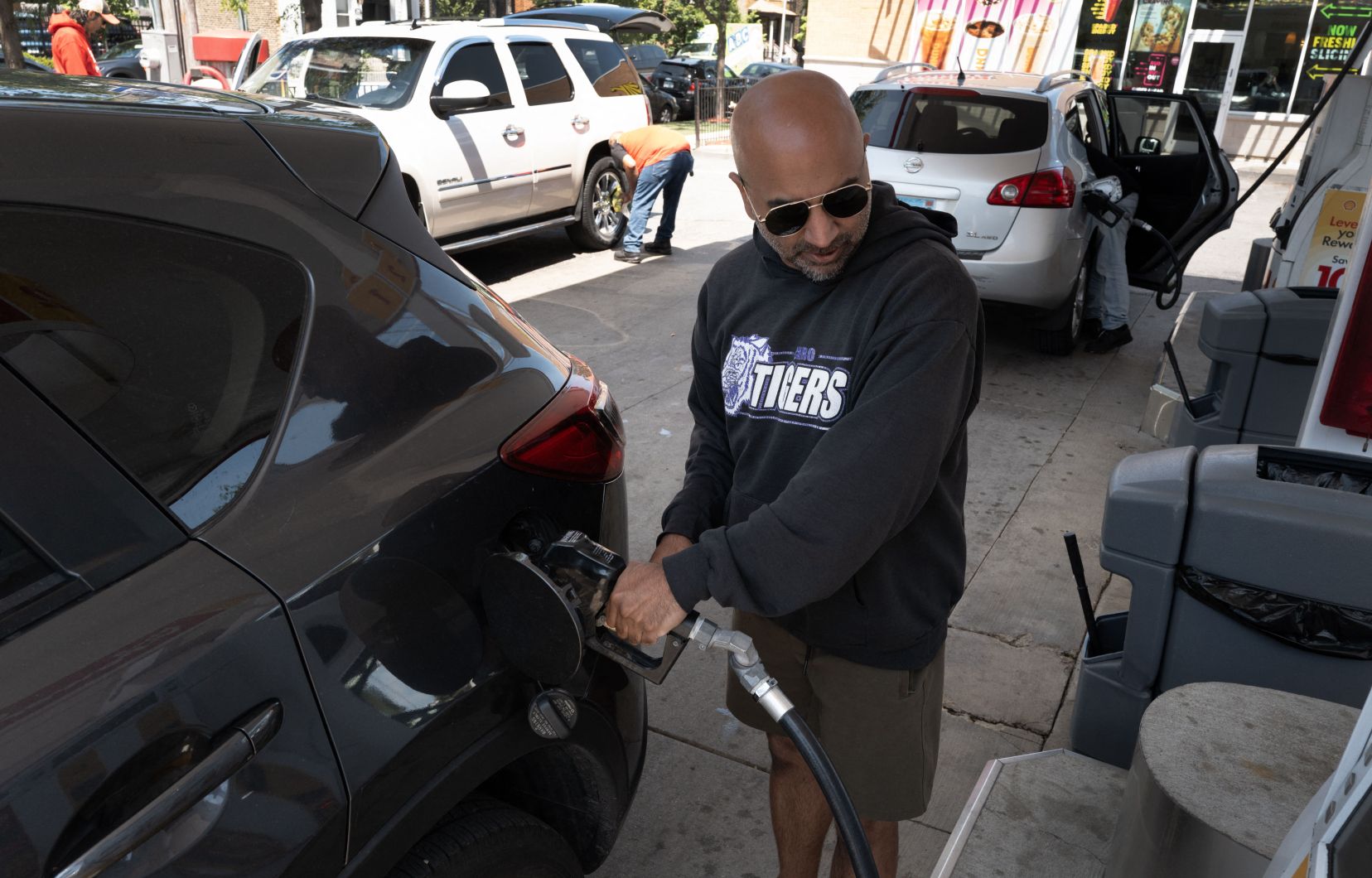Post-pandemic inflation in the United States eased further last month to its lowest level in three years, paving the way for an interest rate cut by the US Federal Reserve (Fed).
The Labor Department said Wednesday that consumer prices rose 2.5% in August from the same month last year, down from 2.9% in July, according to the CPI index.
This is the fifth consecutive decline in this increase, on an annualized basis, and the smallest since February 2021. From July to August, prices increased by 0.2%.
For the Biden administration, there is no doubt: “we are turning the page on inflation,” assured the White House’s top economic adviser, Lael Brainard, in a statement.
The issue of inflation is so important that it opened the first, tense debate on Tuesday evening between the two candidates in the November 5 election, Donald Trump and Kamala Harris.
Excluding volatile food and energy costs, so-called core prices rose 3.2% in August compared with August 2023, the same increase as in July. On a monthly basis, core prices rose 0.3% last month, up slightly from the 0.2% jump in July.
Towards a drop in interest rates
Economists closely monitor core prices, which generally give a better idea of future inflation trends.
“Today’s report will reinforce confidence within the Fed that inflation is indeed on a sustainable path toward 2%,” the central bank’s target level, Carl Weinberg, chief economist at High Frequency Economics, wrote in a note to clients.
The Federal Reserve is set to begin cutting rates next week, after raising them to fight inflation by slowing economic activity.
“This number, in itself, is not going to dissuade the Fed from cutting rates,” Bernard Yaros, an economist at Oxford Economics, told AFP.
But that could persuade it to opt for a cautious quarter-percentage-point cut, he said. Many analysts had previously been counting on a drastic half-point cut.
The institution responsible for American monetary policy now wants, above all, to avoid rate increases leading to a surge in unemployment or even a recession.
For months, slowing inflation has gradually brought relief to American consumers, who were hit by price spikes that erupted three years ago, particularly for food, gasoline, rent and other necessities. Inflation peaked at 9.1% in mid-2022, the highest rate in four decades.
A Fed rate cut means households and businesses will be able to borrow money more cheaply from their banks.
Gasoline and housing prices up, food still expensive
One of the main reasons for last month’s decline in headline inflation was the third decline in gasoline prices in the past four months: they fell 0.6% from July to August and are down 10.6% from a year ago.
Otherwise, used car prices fell 1% last month. Measured compared to a year earlier, used car prices fell 10.4%.
Food prices remained unchanged from July to August. Over the past year, food prices have increased by only 0.9%, a pace similar to that of pre-pandemic food inflation.
The rise in core inflation from July to August reflects an acceleration in housing costs and some spikes in airfares and hotel room prices, which are likely to be temporary. Airfares jumped 3.9% from July to August alone after falling for the previous five months. Hotel room prices rose 1.8% last month, but had fallen in two of the previous three months.
Fed officials are closely monitoring housing costs and expect them to decline more steadily in the coming months.
The median rent for a new lease in the U.S. rose just 0.9% in August from a year earlier, to $1,645 a month, according to real estate brokerage Redfin. But the government’s assessment includes all rents, including those for people who have lived in their apartments for years.
With Agence France-Presse
